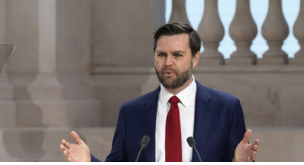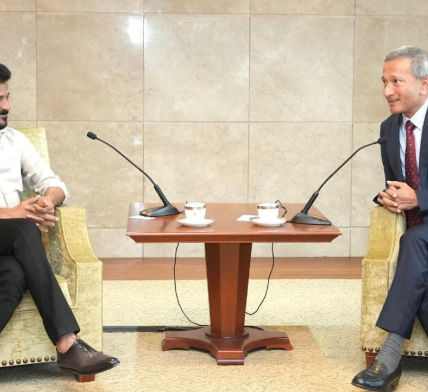Intel Shakes Up Manufacturing Leadership as Strategic Retirements and 14A Uncertainty Loom
Intel Corporation is undergoing a dramatic leadership overhaul amid a critical inflection point in its manufacturing roadmap. With three top manufacturing executives announcing retirement and the future of its 14A process hanging in the balance, new CEO Lip-Bu Tan is aggressively reshaping the chip giant’s direction.
Leadership Restructuring Amid Transformation Drive
In a major strategic pivot, Intel Corporation has confirmed the retirement of three senior executives from its manufacturing and technology divisions. The move aligns with CEO Lip-Bu Tan’s broader agenda to streamline operations, cut costs, and drive accountability across Intel’s chip-making units.
Retiring executives include:
- Kaizad Mistry and Ryan Russell, both Corporate Vice Presidents in the Technology Development Group.
- Gary Patton, Corporate Vice President of Intel’s Design Technology Platform and a former IBM veteran.
According to insider sources, Intel is simultaneously trimming its manufacturing capacity planning division and resizing parts of its engineering workforce as part of an ongoing global workforce reduction.
Intel’s Manufacturing Future: 14A at a Crossroads
Intel’s future hinges on its next-generation 14A node, which is currently in development. However, continuation of this process technology is contingent on securing commitments from at least one major external customer. Without a confirmed partner, Intel warns that the 14A initiative could be suspended or discontinued altogether.
“Intel 14A is being built from scratch, in deep collaboration with potential strategic customers,” Tan noted in a recent memo. “Our investment will depend entirely on confirmed demand.”
Intel is adopting a more disciplined investment strategy—in stark contrast to previous years—indicating that all major roadmap decisions will now be guided by ROI and customer alignment.
Focus Shifts Between 18A and 14A Technologies
Despite the uncertainties around 14A, Intel is still ramping up its 18A manufacturing process, which will be used in its upcoming Panther Lake PC chips. Tan has publicly stated that 18A is only viable for internal product lines, raising questions about whether Intel will continue offering it to third-party customers at all.
This dilemma underscores a growing internal debate: whether to consolidate around 14A for external clients or double down on 18A solely for in-house innovation.
Workforce Optimization and New Leadership
As part of its broader corporate restructuring, Intel plans to reduce its global workforce to approximately 75,000 employees by the end of 2025, representing a 22% reduction from current levels. This marks one of the most aggressive right-sizing initiatives in Intel’s recent history.
Leading the manufacturing transition is Naga Chandrasekaran, a former Micron Technology executive, who joined Intel under previous CEO Pat Gelsinger. In March 2025, his role expanded to include full oversight of technology development and global manufacturing. Under his leadership, Intel has already begun reconfiguring internal teams and implementing targeted layoffs.
Strategic Outlook: Will Intel Regain Its Edge?
Intel’s bold decisions come at a time when it faces intensified competition from AMD, TSMC, and global fabless semiconductor firms. By trimming its workforce, refocusing R&D, and betting on strategic partners for 14A, Tan appears determined to reposition Intel as a more agile, investment-conscious industry leader.
Only time will reveal whether these high-stakes bets will revive Intel’s innovation engine or further expose it to risk during a pivotal transformation phase.





